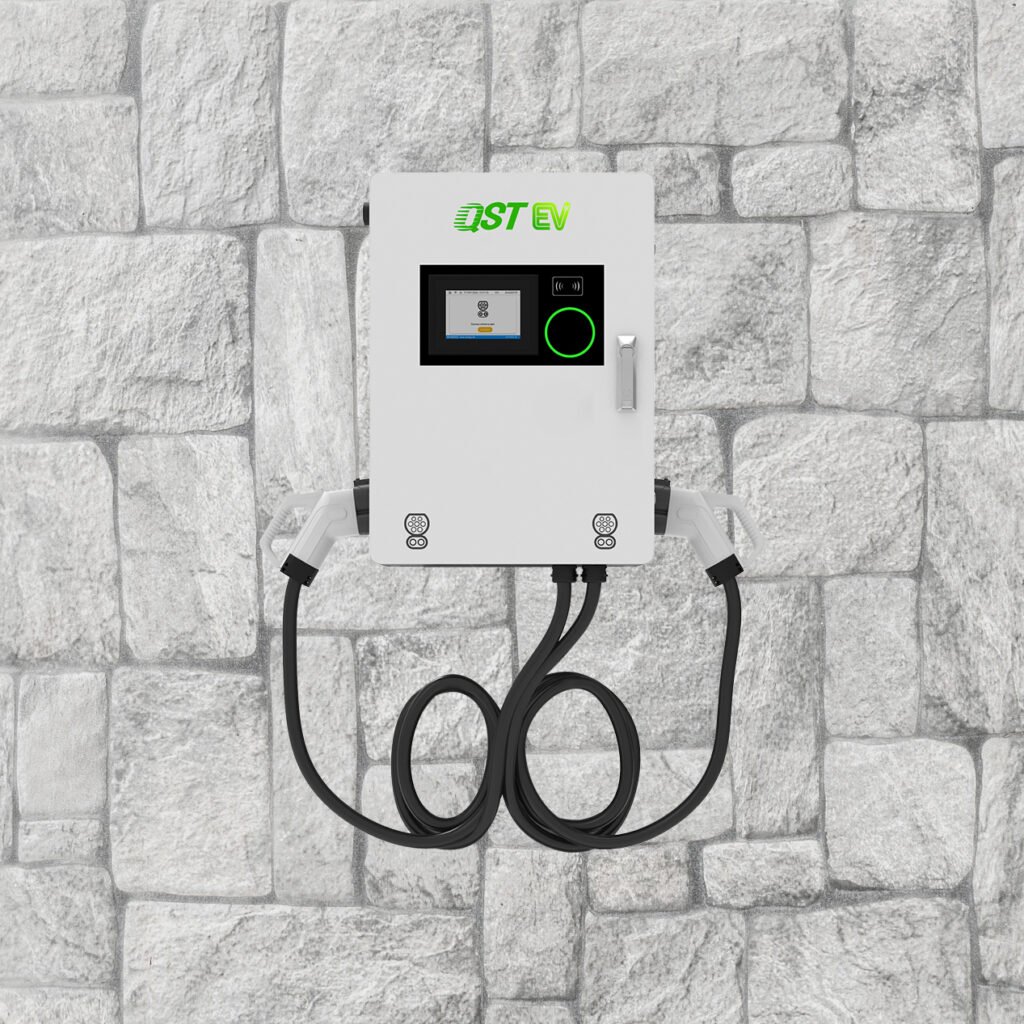Level 3 charging, also known as NINI DC Fast Charging, is a high-powered method used to rapidly charge electric vehicle (EV) batteries. These chargers can provide a substantial amount of charge in a short period, often achieving an 80% charge in 20-40 minutes depending on the battery and charger power output. This makes them ideal for long-distance travel where quick turnaround times at charging stations are crucial.
However, the high cost and substantial power requirements make Level 3 chargers impractical for residential use. Installation typically involves significant upgrades to the electrical infrastructure, which can be costly and complex. Additionally, the high power draw can lead to increased electricity costs and potential demand charges from utility companies.
Challenges of Level 3 Charging at Home
- Cost: The installation of a Level 3 charger can be prohibitively expensive. This includes the cost of the charger itself, potential upgrades to home electrical systems, and possible increases in utility rates due to high power consumption.
- Space and Power Requirements: Level 3 chargers require significant power, often more than what is available in a standard residential setting. The physical space needed for the equipment and the associated infrastructure can also be substantial.
- Maintenance: These chargers require regular maintenance to ensure they operate efficiently and safely, adding to the long-term costs and complex it.
Innovations in MINI DC Fast Charging
QST EV’s development of a mini DC solution with a power output of up to 80 kW presents a promising advancement. This technology aims to reduce the space needed for installation while maintaining high power output, potentially making DC fast charging more accessible for home use or smaller commercial settings. Here are some potential benefits and considerations for this innovation:
- Compact Size: A smaller footprint means the charger can be installed in more locations, including residential garages or tighter commercial spaces.
- Cost Efficiency: If these chargers can be produced and installed at a lower cost, they could become a viable option for more users, expanding the market for fast charging solutions.
- Power Management: By offering a power output that is substantial but not as high as traditional Level 3 chargers, these units could strike a balance between fast charging times and manageable electrical demands.

